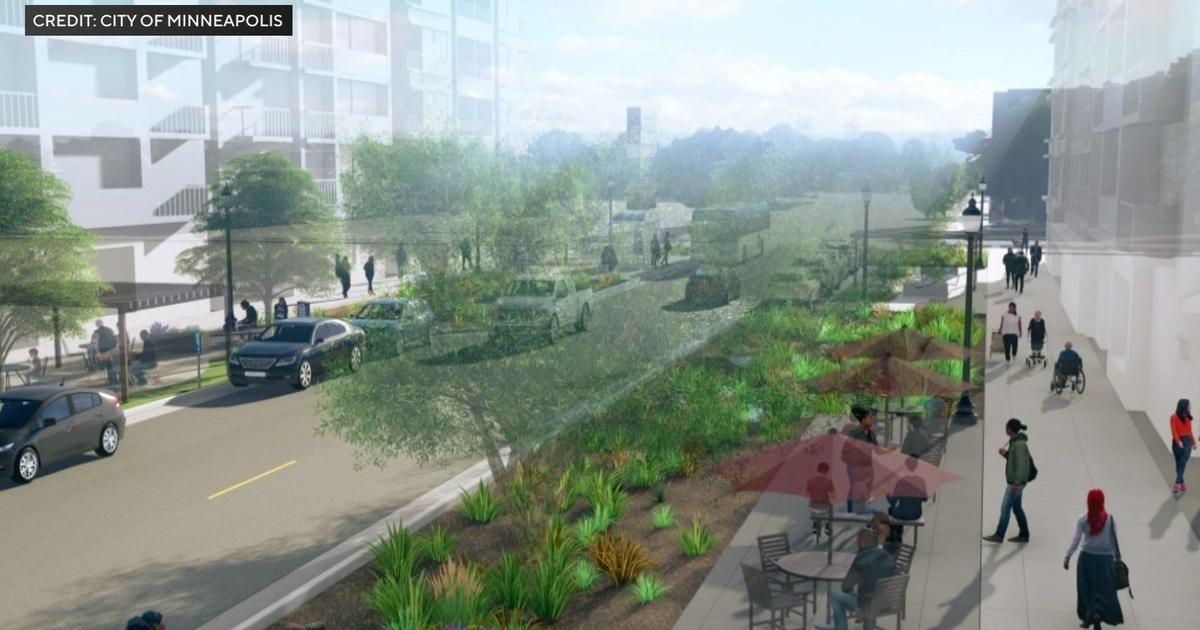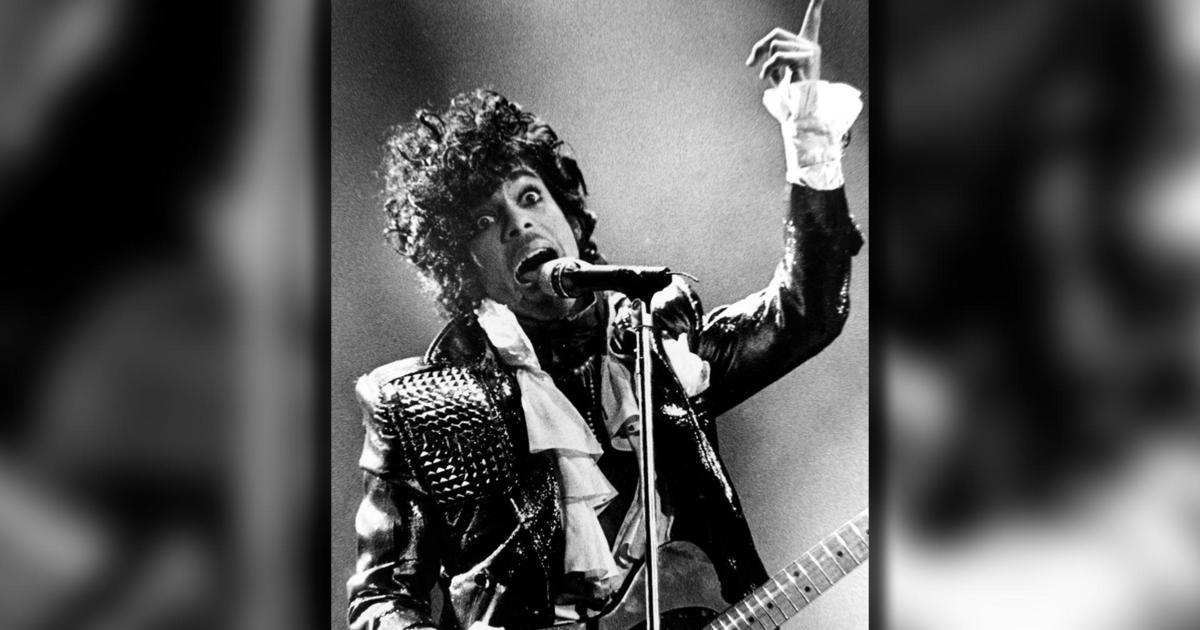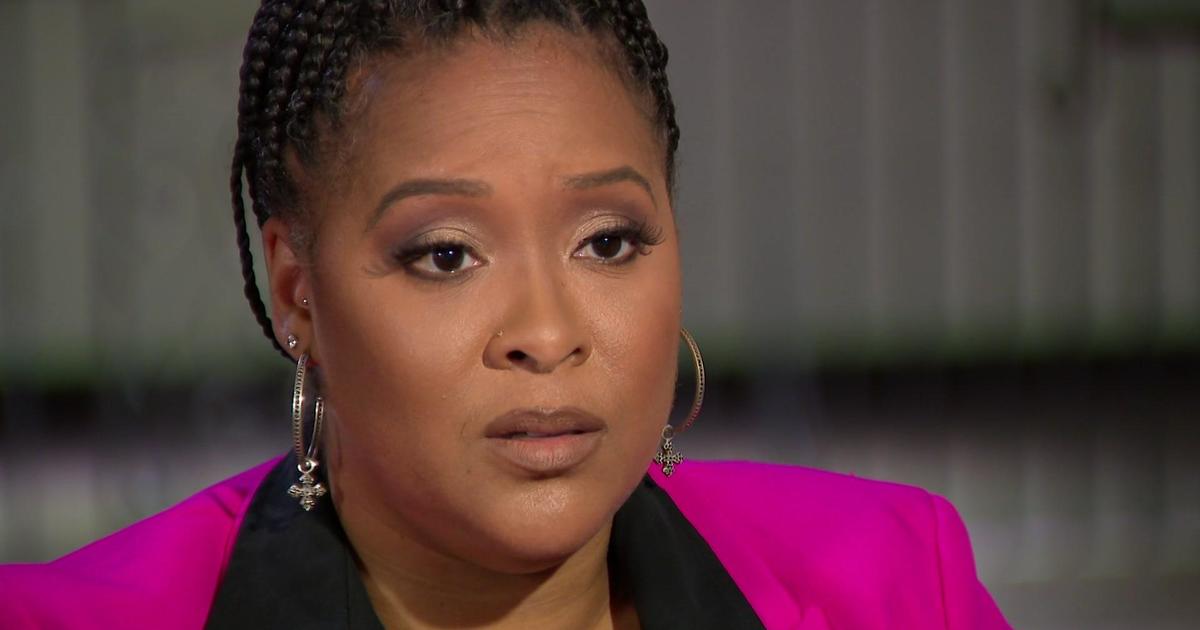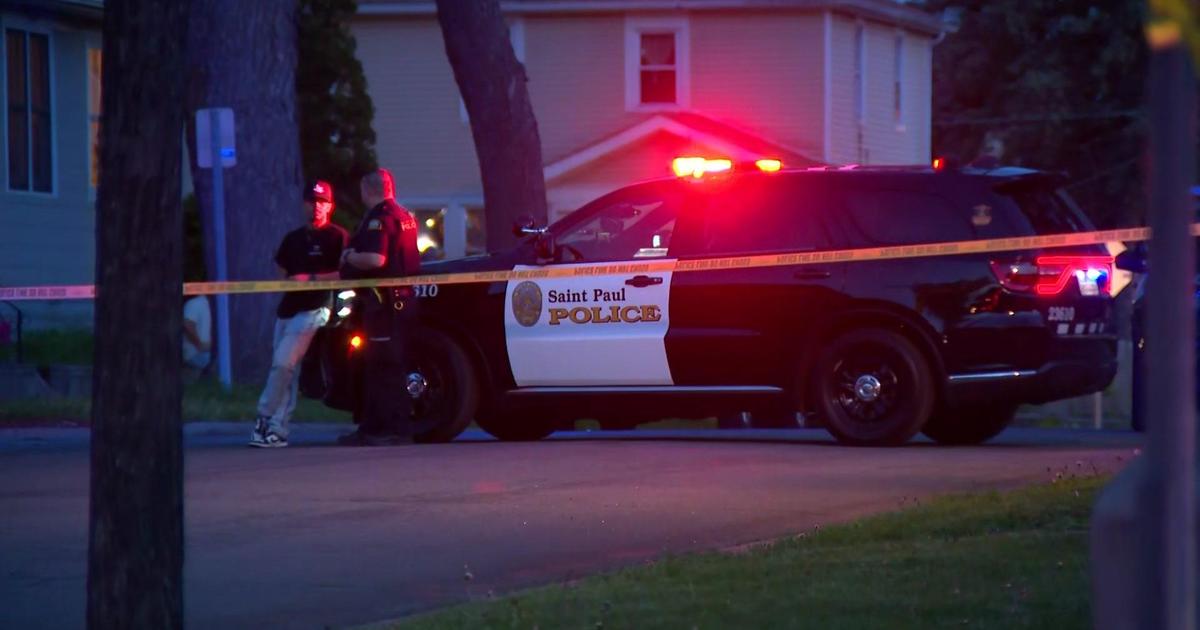How I-35W obliterated the Black cultural corridor of south Minneapolis
MINNEAPOLIS – Many Twin Cities residents have heard stories about how the building of Interstate 94 destroyed the original Rondo neighborhood in St. Paul. But the same thing happened in south Minneapolis when Interstate 35W was built.
The intersection of 38th Street and 4th Avenue was the heart of the south side's Black business district. It was a place where Black families moved to raise their families and build a legacy of wealth.
Now, some of those families are looking to get that neighborhood back for future generations.
James Curry is a descendant of the families who saw the renaissance, and the destruction, of the south side's Black community.
"It was probably like a little bit of, a little slice of Harlem in Minnesota, including artists, writers, activists," Curry said. "I bet they gravitated to that area because there was folks of their kind, and opportunity, and also probably some covenants that segregated them to that area."
RELATED: The legacy of racially restrictive covenants in the Twin Cities
Curry's relatives, the Wallaces and McMoores, moved to south Minneapolis from Hastings, Minnesota. They were among the first Black people to settle in Dakota County. They built a church and a community. But that all went away when the church was burned down, forcing many to leave the area in search of a place where they could thrive.
"A lot of them came to the heart of the south side community -- 4th and 5th Avenue between 36th and 38th," he said. "The Curry house was 3836 5th Avenue South."
A community that had an economic engine to keep it moving forward.
"It's kind of the historic, Black cultural corridor of south Minneapolis," he said.
That progress was interrupted by the passage of the Federal Aid Highway Act in 1956. It allowed for the building of a 41,000-mile interstate highway system throughout the country, including I-94 in St. Paul and I-35W in Minneapolis.
These interstates and highways were to revolutionize transportation – but it did more than that.
"The destruction that was implemented in a strategic way, almost weaponizing eminent domain in highway construction, federal highway construction, to obliterate as well as separate communities in a profound way," Curry said.
The Black Business District was destroyed by the construction of Interstate 35W. Historian and community builder Greg McMoore, another descendant of families who migrated to south Minneapolis, says what was lost was never replaced.
"These were conscious decisions made at that time. You know, the folks over in St. Paul talk about Rondo. Over here it was 35W," McMoore said. "The symbol for the Black community in south Minneapolis at that time was 38th Street and 4th Avenue. Sam Coleman's shoe store, another barber shop, a laundromat. Can't talk about 38th Street and 4th Avenue without talking about Dreamland [laughs]!
Data from the Department of Transportation shows more than a million people were displaced nationwide during federal highway construction, including Black neighborhoods in St. Paul and Minneapolis.
The Minnesota Spokesman Recorder, which sits along South 4th Avenue, is one of the last remnants of a once-thriving business district in south Minneapolis.
Because of this, Transportation Secretary Pete Buttigieg has plans to address racial inequities in the U.S. highway systems. The agency will spend nearly $1 billion to redesign highways. The hope is funds will be spent to re-think a community lost.
"Reimagining what that particular intersection can be, or could be and can be," McMoore said. "So there's a lot of hopes about 38th Street being redeveloped."
With the re-imagining of 38th and Chicago after the killing of George Floyd, many who live and work there hope that re-imagining also happens to an area once seen as "the Black Wall Street of Minneapolis."
"We had our education campus, we had our business district, we had our social clubs, we had churches there. Those, I believe is, what you can learn from history, and what helps a community make it and helps a community thrive," McMoore said. "And right now, that's what we need to reclaim so to speak in south Minneapolis."
Today, the Wallace-McMoore families still live in south Minneapolis and continue to give back by working in education, business and social justice.






